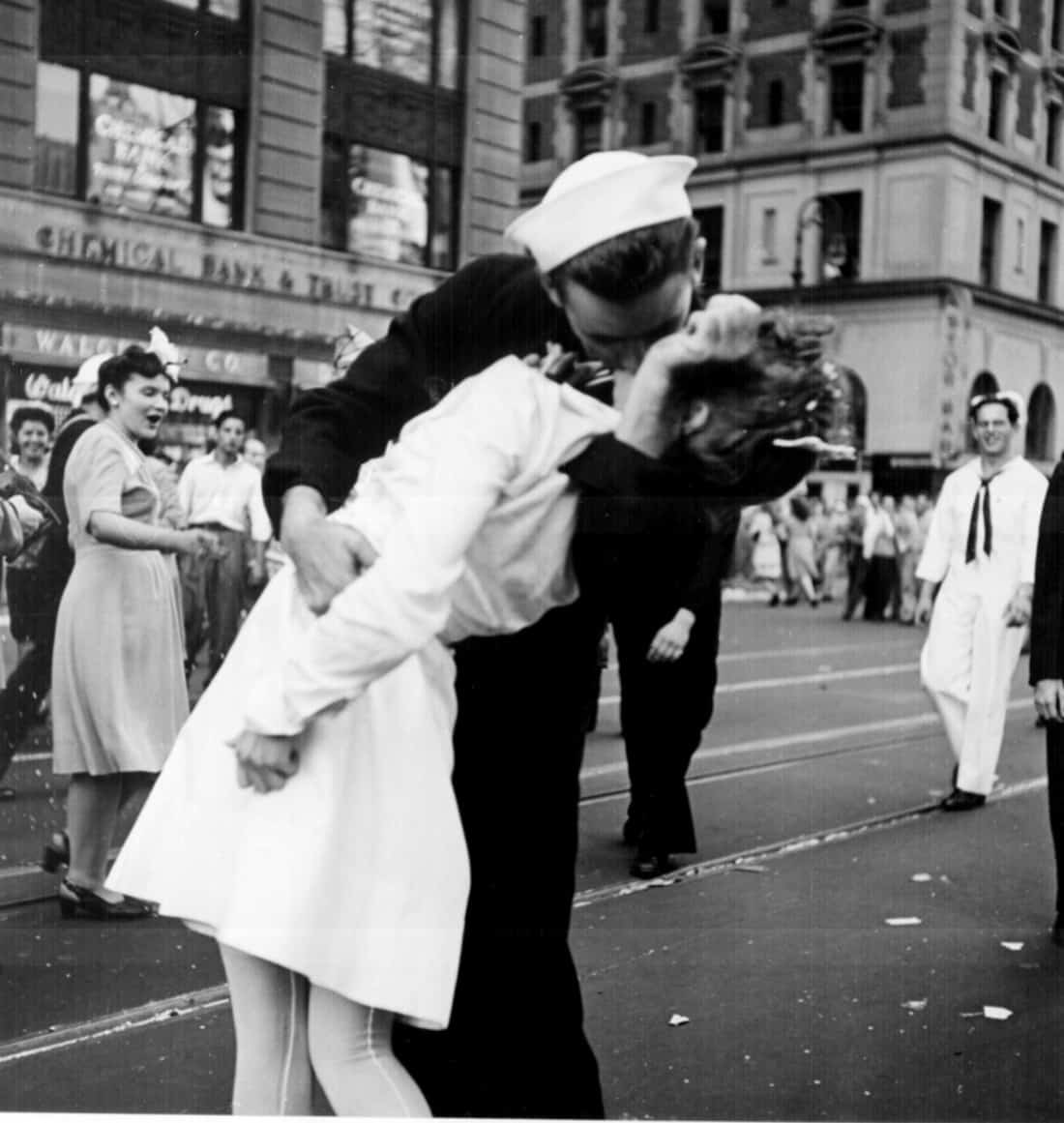The Definitive Guide to Framing Streets
The Definitive Guide to Framing Streets
Blog Article
Indicators on Framing Streets You Need To Know
Table of ContentsFascination About Framing StreetsThe Greatest Guide To Framing StreetsThe 6-Minute Rule for Framing StreetsFraming Streets for BeginnersThe Basic Principles Of Framing Streets Indicators on Framing Streets You Should Know
Digital photography style "Crufts Pet Program 1968" by Tony Ray-Jones Road digital photography (also in some cases called candid photography) is digital photography performed for art or query that includes unmediated opportunity experiences and arbitrary cases within public areas, usually with the purpose of capturing pictures at a decisive or touching moment by careful framing and timing. 
, who was influenced to take on a similar documentation of New York City. As the city developed, Atget aided to promote Parisian roads as a deserving subject for photography.

The 8-Minute Rule for Framing Streets
In between 1946 and 1957 Le Groupe des XV every year displayed job of this kind. Andre Kertesz. Circus, Budapest, 19 May 1920 Street digital photography created the significant material of 2 exhibitions at the Gallery of Modern Art (Mo, MA) in New York curated by Edward Steichen, 5 French Digital Photographers: Brassai; Cartier-Bresson, Doisneau, Ronis, Izis in 1951 to 1952, and Post-war European Photography in 1953, which exported the principle of road digital photography internationally.

The Definitive Guide to Framing Streets
The recording maker was 'a covert video camera', a 35 mm Contax concealed below his coat, that was 'strapped to the breast and connected to a lengthy cable strung down the right sleeve'. However, his work had little contemporary impact as as a result of Evans' level of sensitivities regarding the originality of his project and the privacy of his topics, it was not published until 1966, in the book Lots of Are Called, with an intro written by James Agee in 1940.
Helen Levitt, after that an instructor of index little ones, connected with Evans in 193839. She recorded the temporal chalk drawings - Lightroom presets that belonged to children's street society in New york city at the time, along with the kids that made them. In July 1939, Mo, MA's brand-new photography section consisted of Levitt's job in its inaugural exhibitRobert Frank's 1958 publication,, was significant; raw and often indistinct, Frank's pictures examined mainstream photography of the moment, "challenged all the official rules put down by Henri Cartier-Bresson and Pedestrian Evans" and "contradicted the wholesome pictorialism and wholehearted photojournalism of American magazines like LIFE and Time".
Report this page